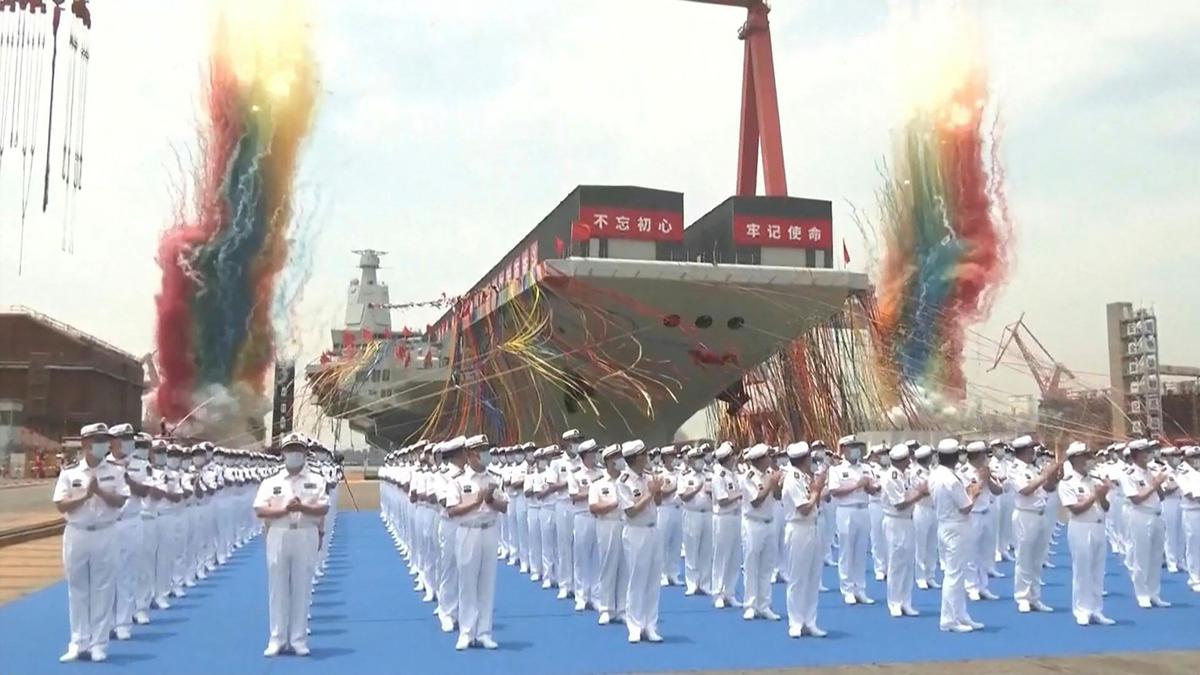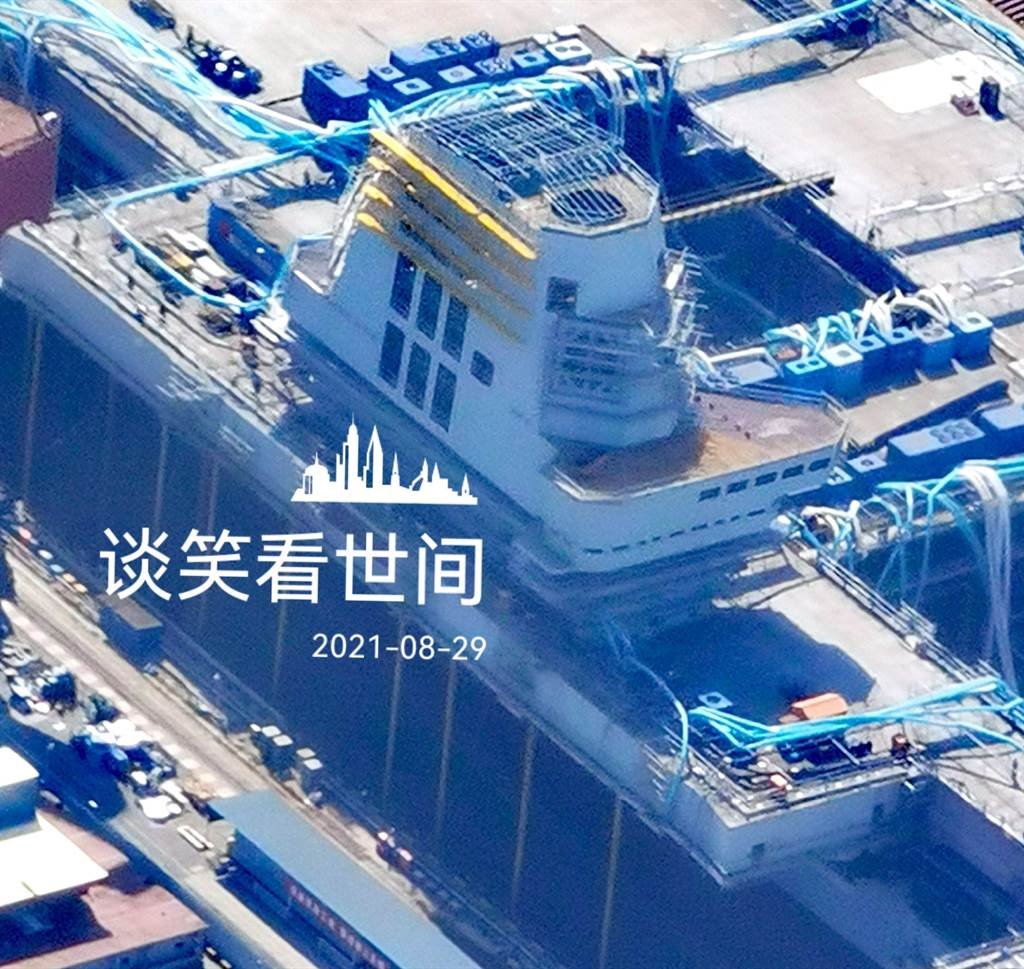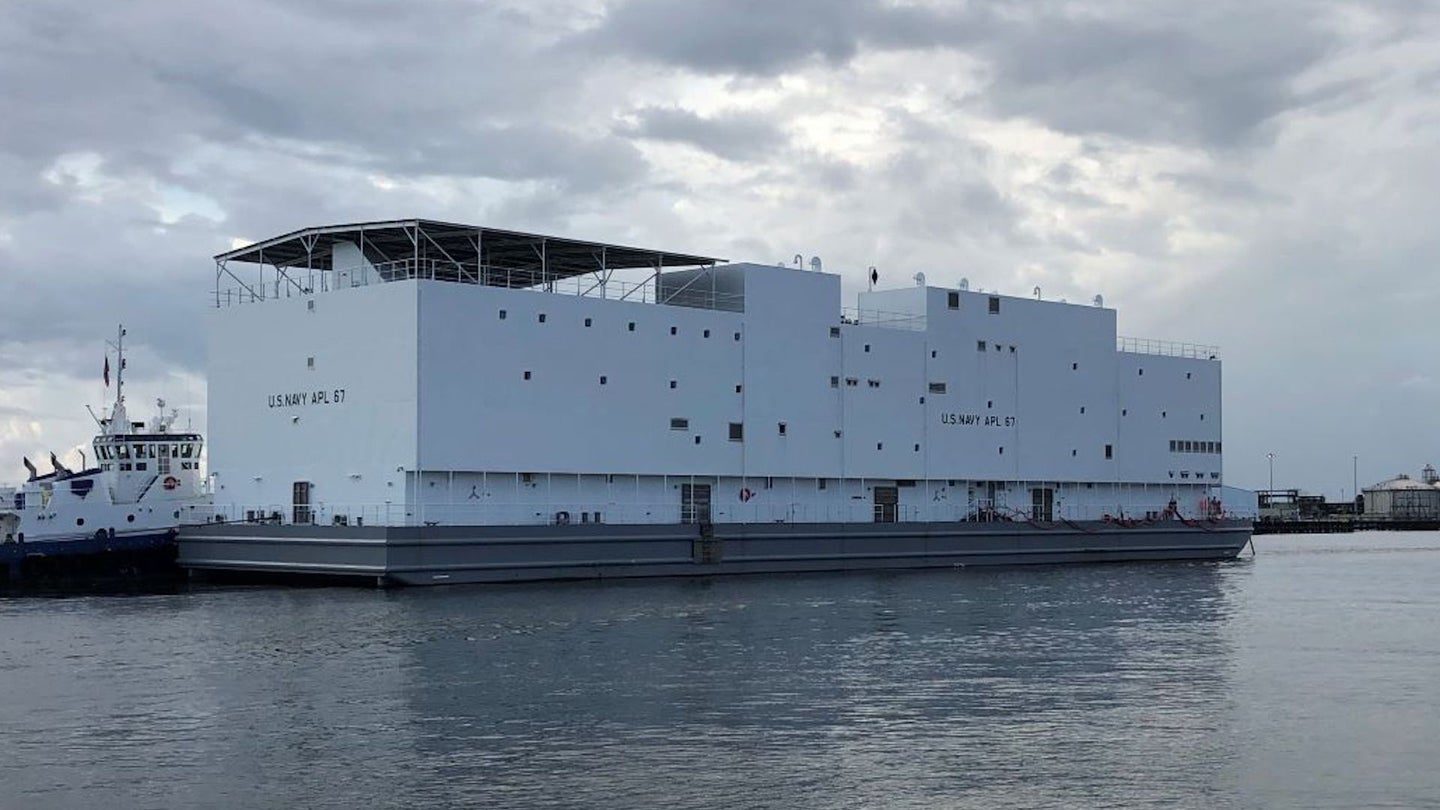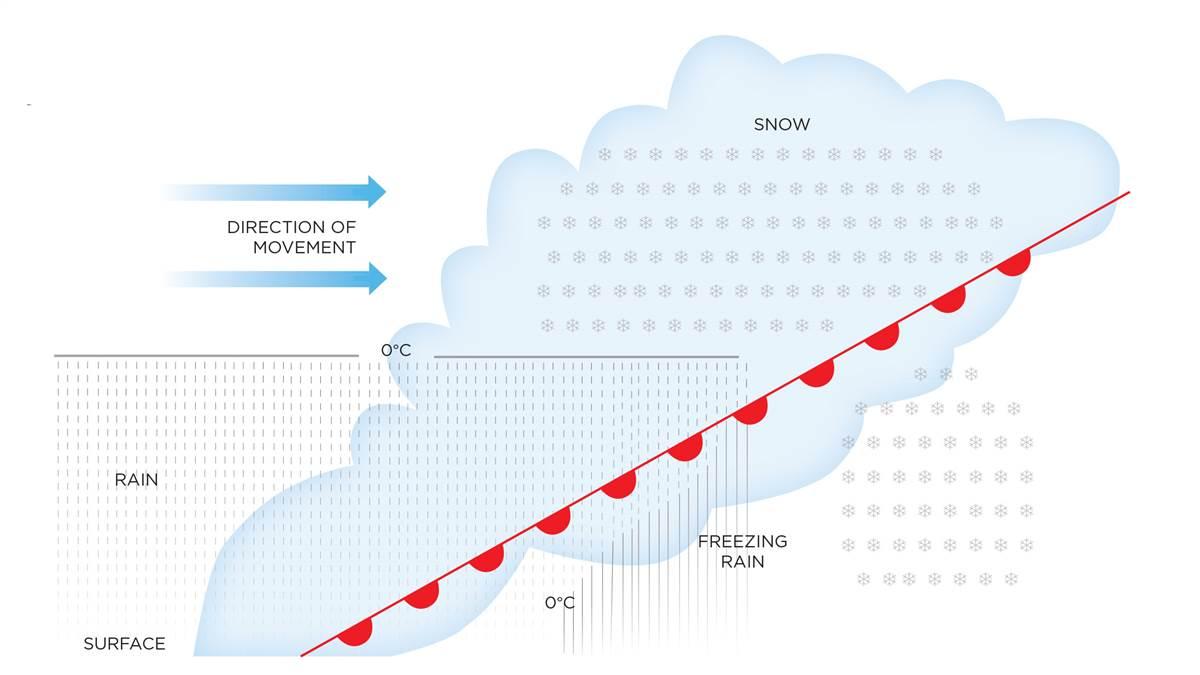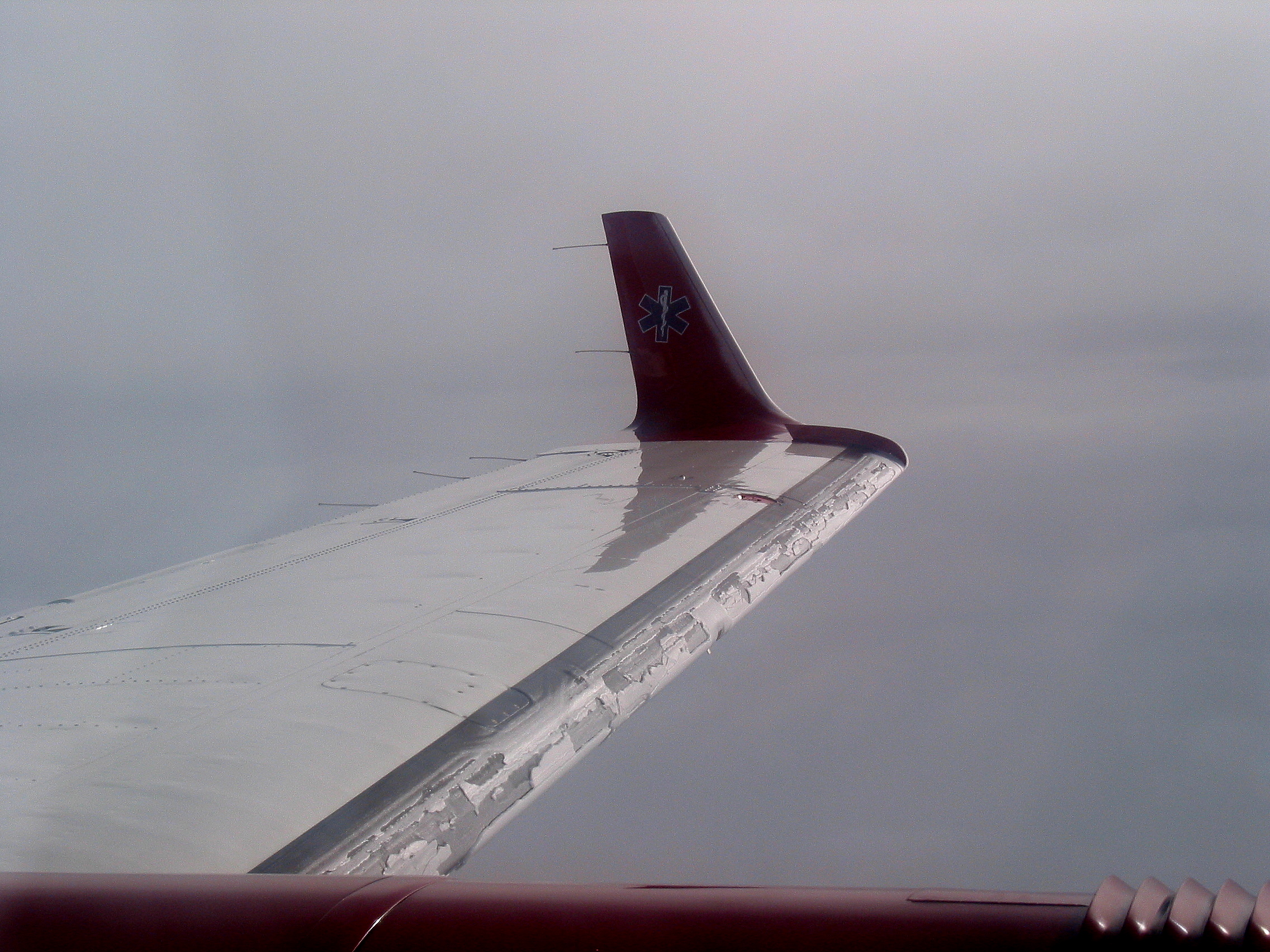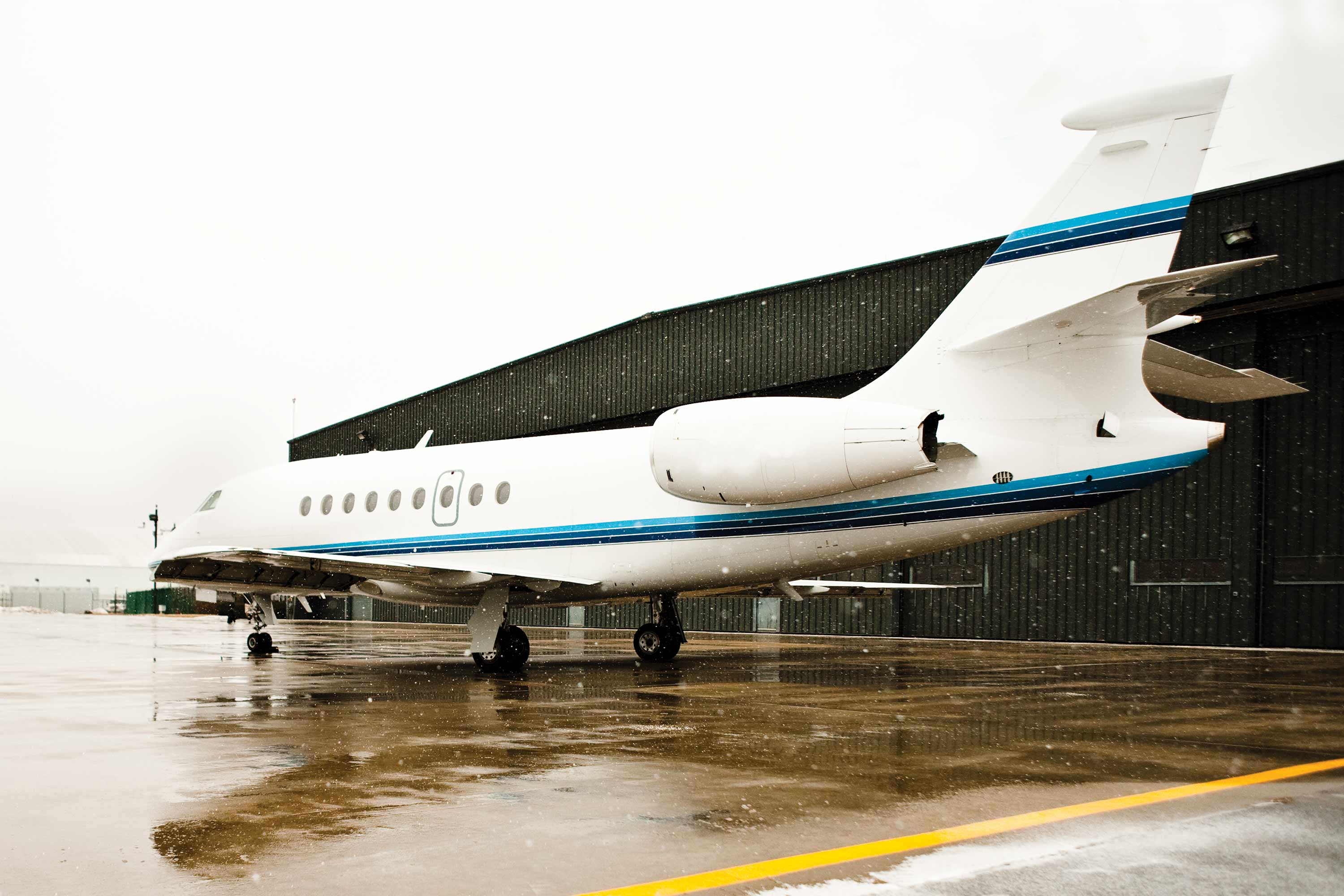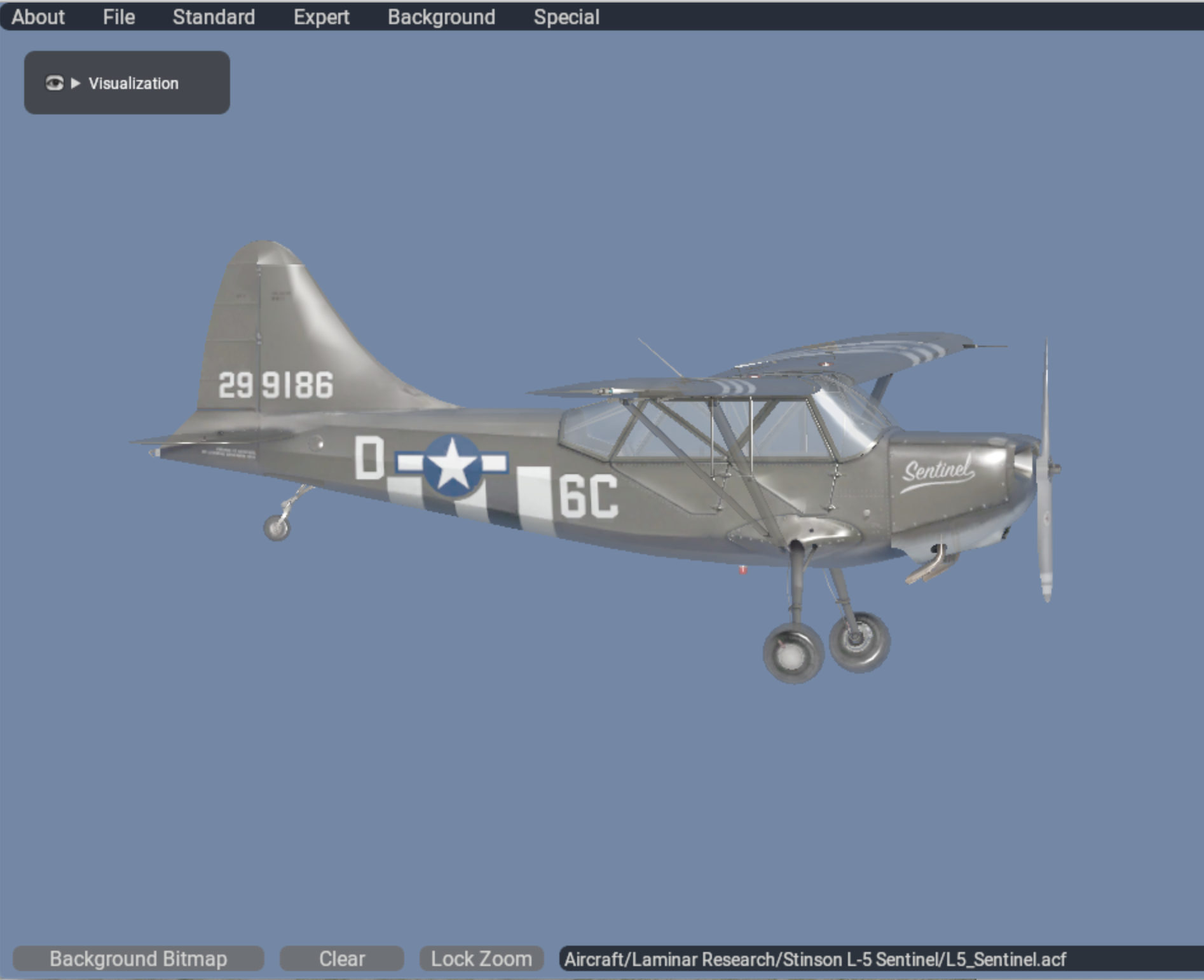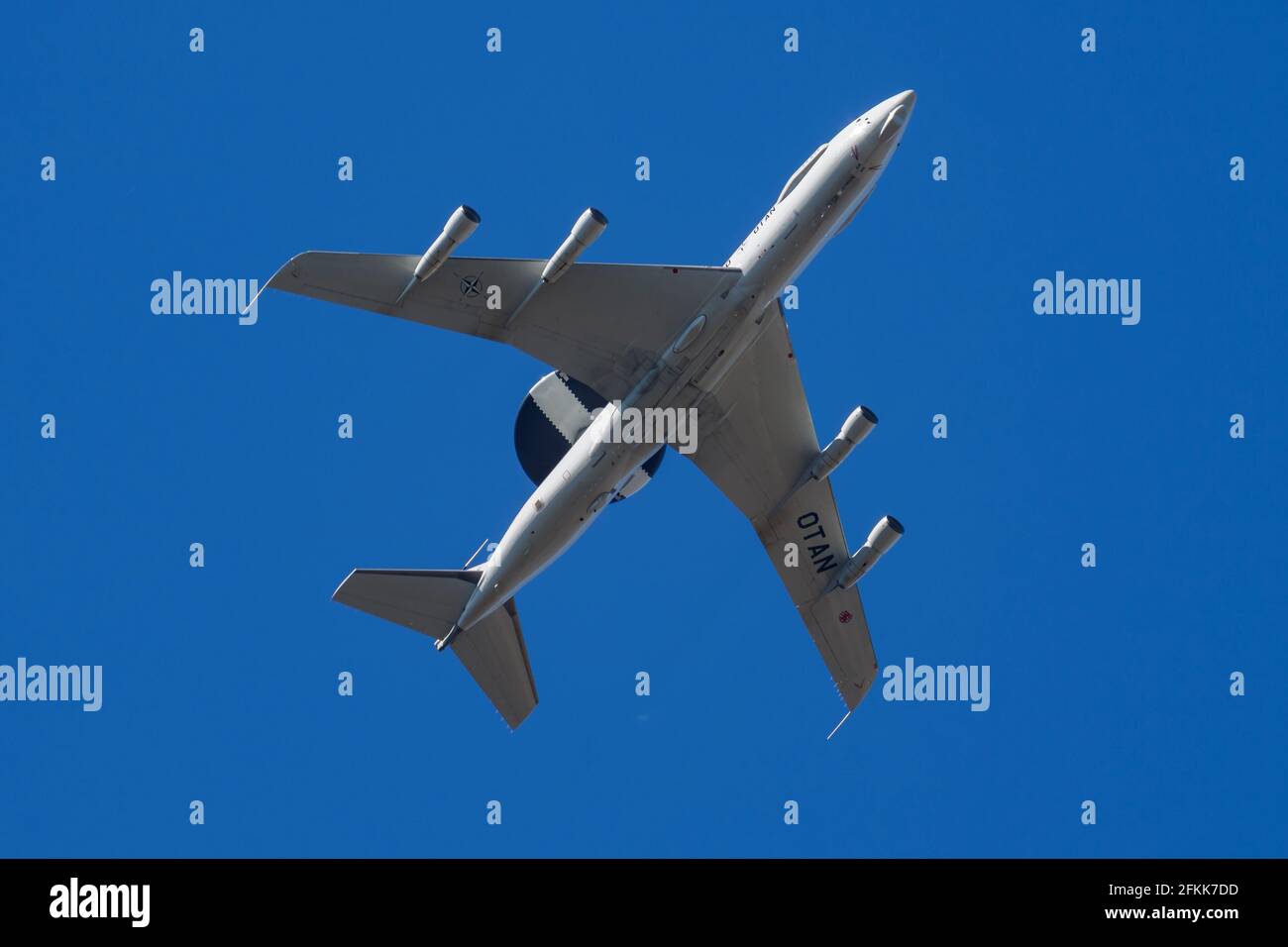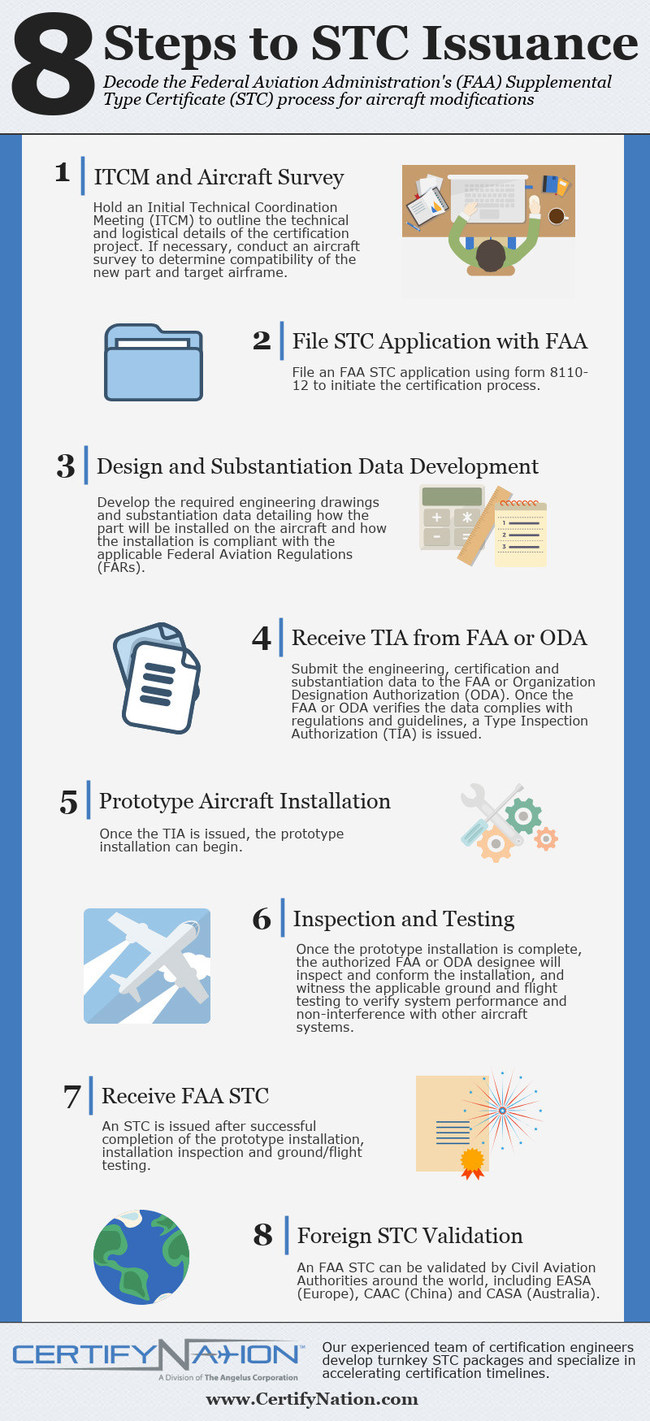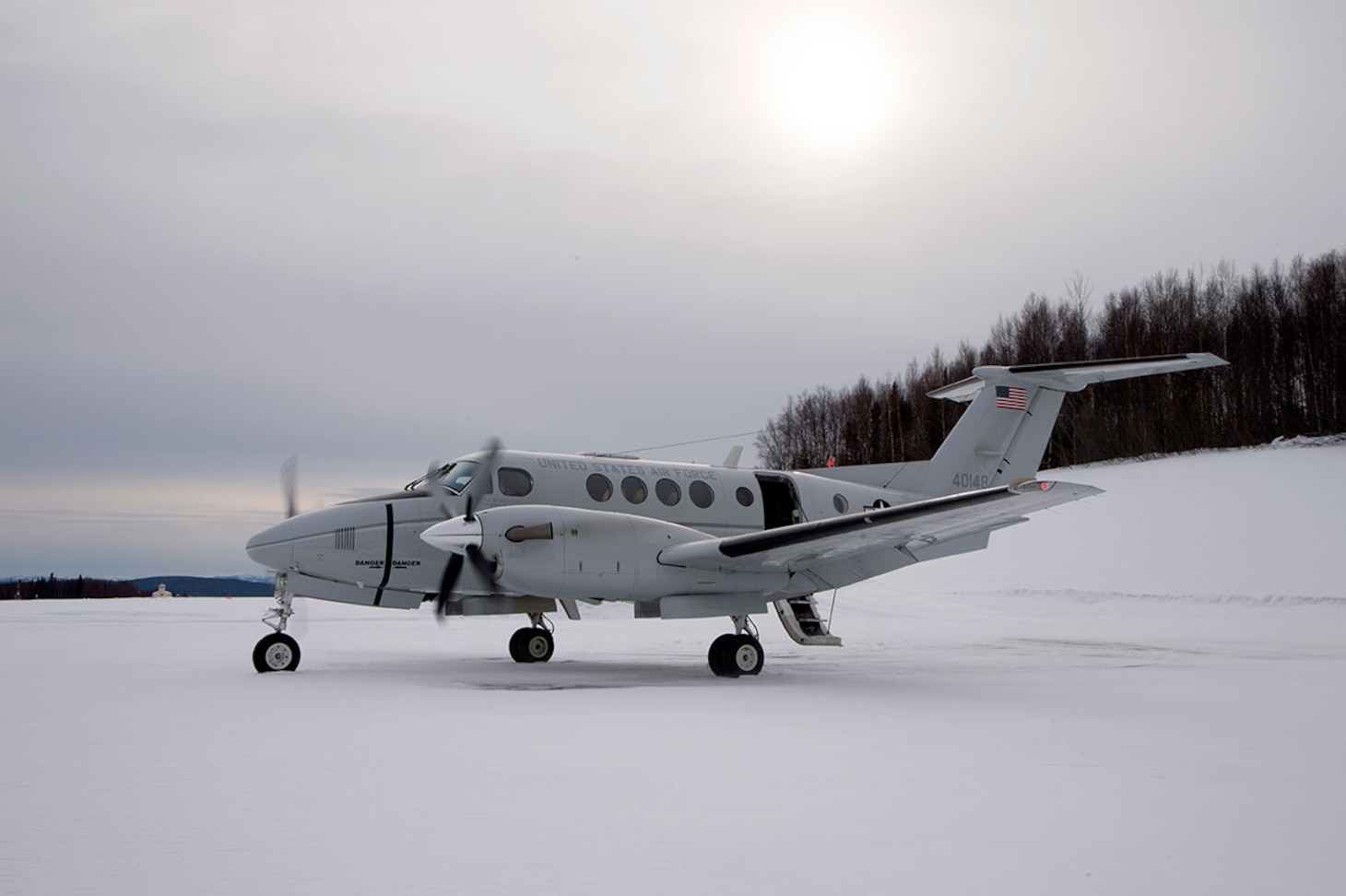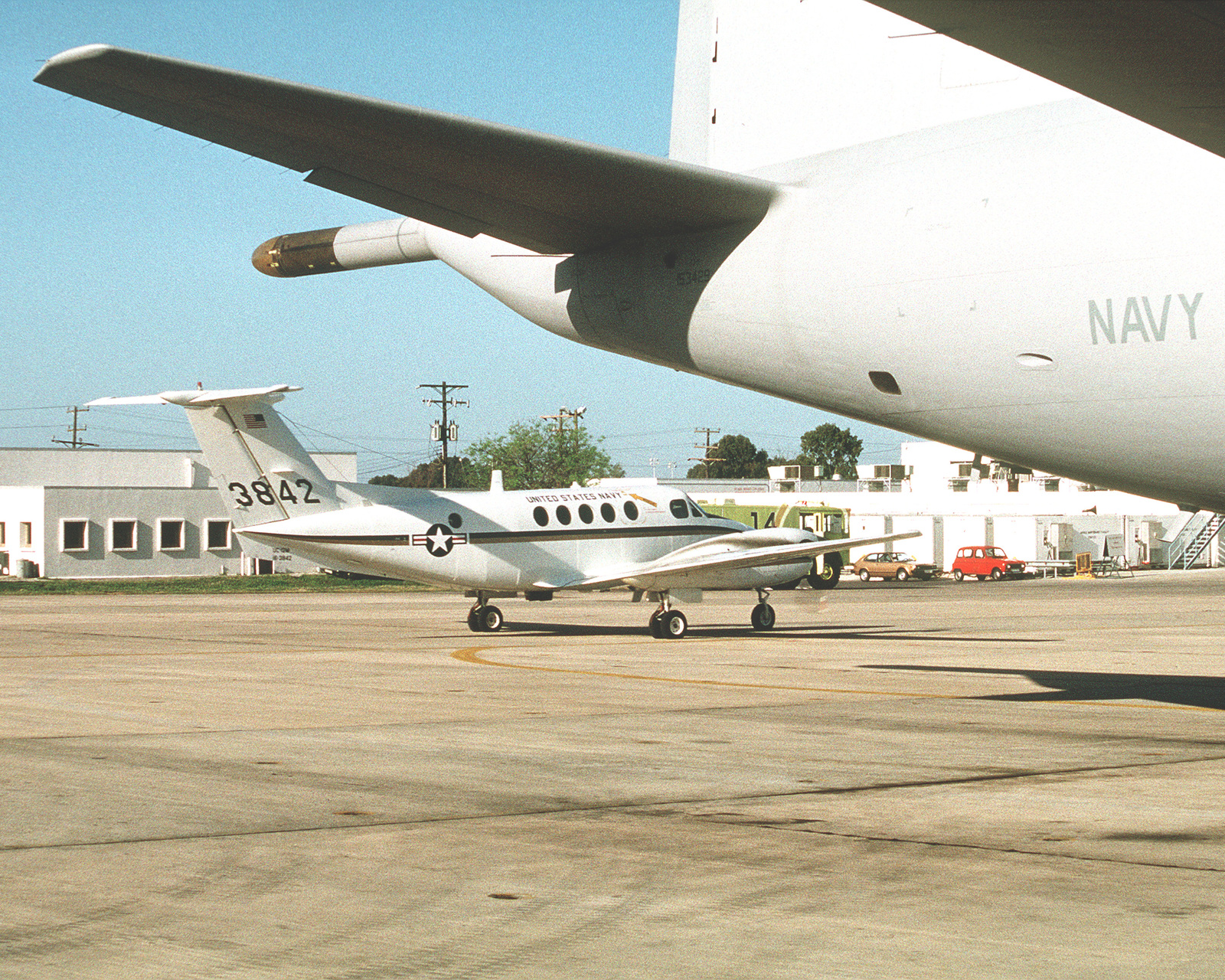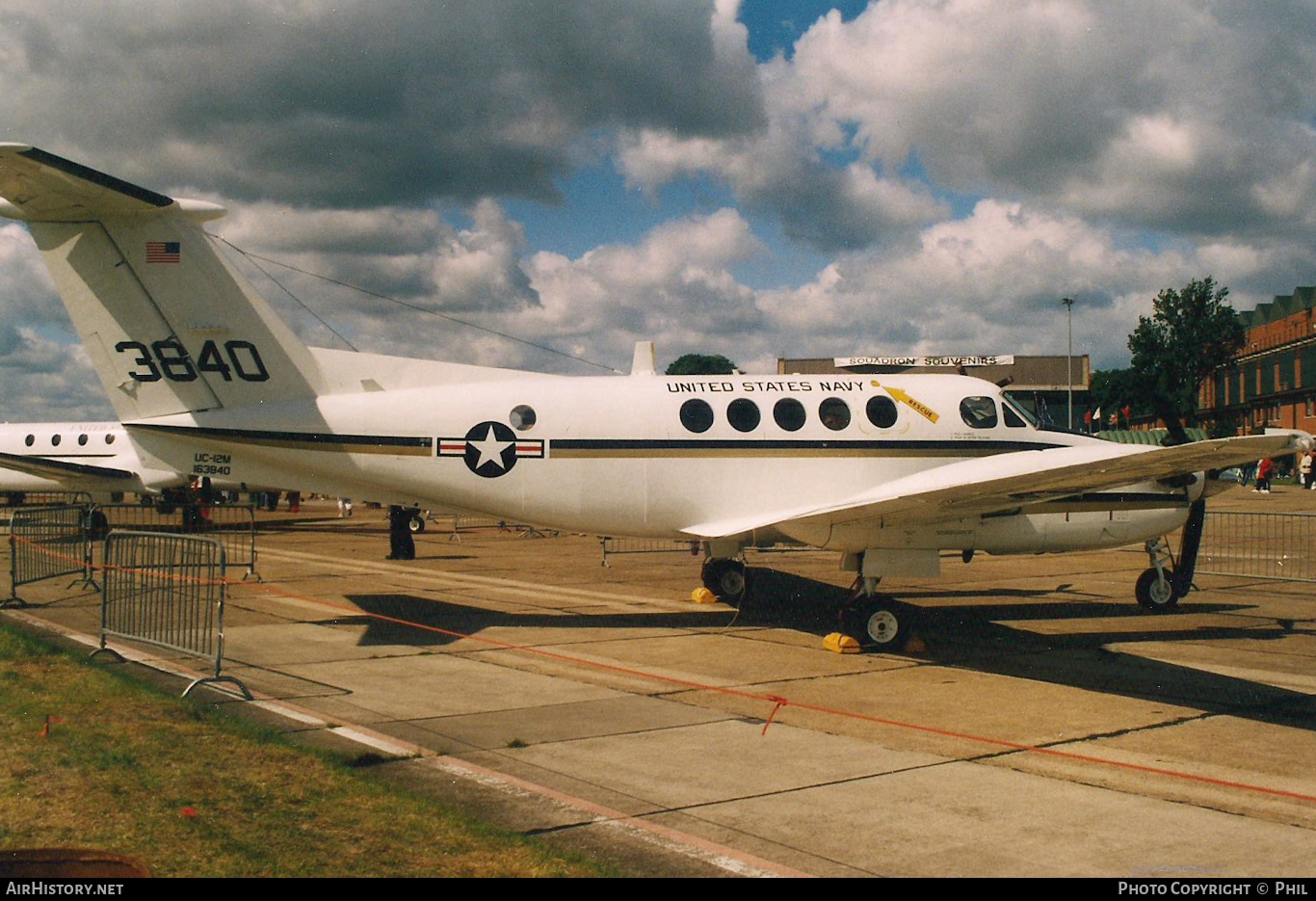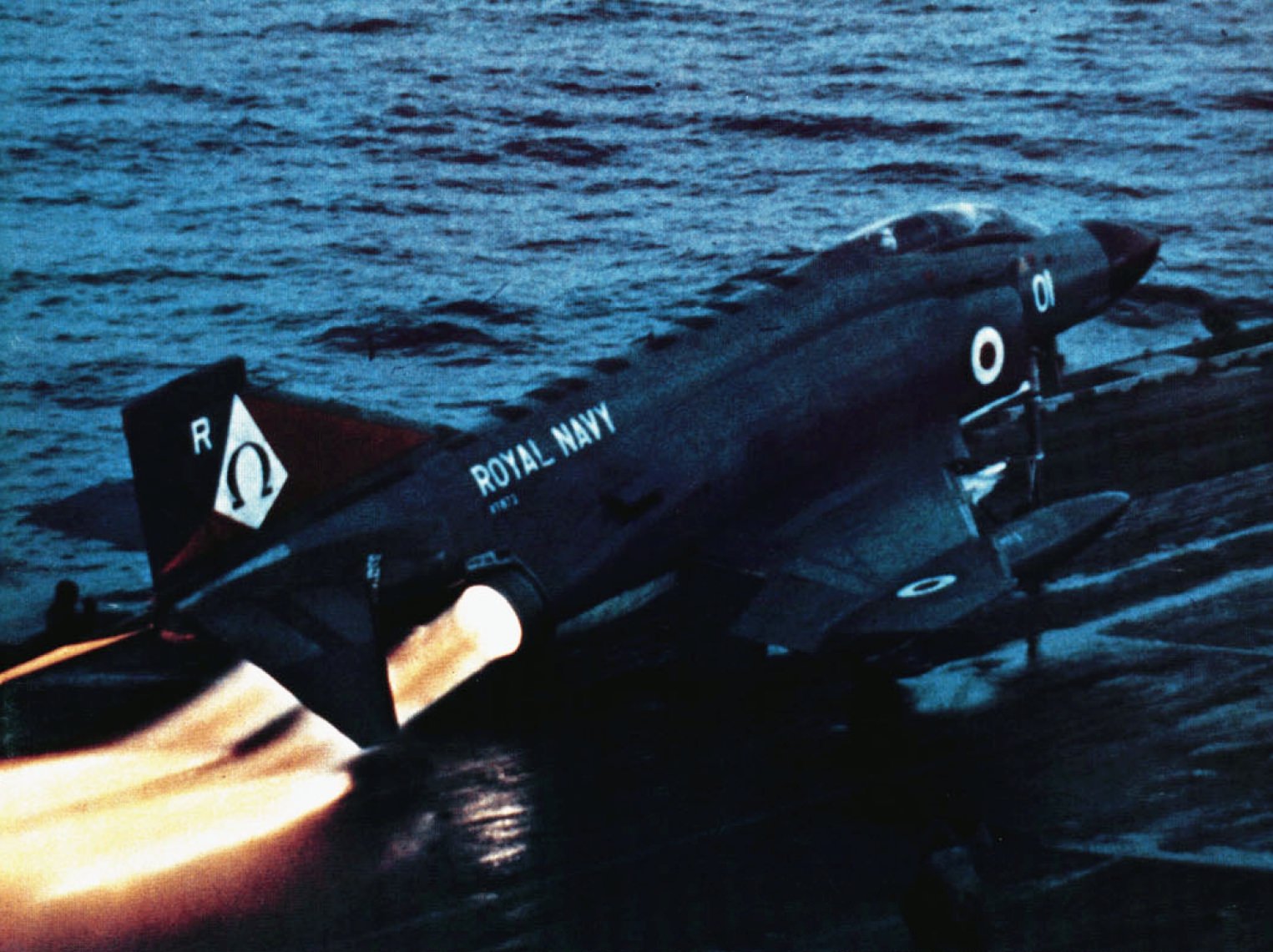Type Certificate Of Aircraft - With regard to the certification basis for a changed product, it is obvious that, with the same criteria used for the basic product type certification, if the Administrator/Agency finds that the regulations in effect on the date of the application for the change do not
provide adequate standards with respect to the proposed change because of a novel or unusual design feature, the applicant must also comply with special conditions, and amendments to those special conditions, to provide a level of safety equal to that established by the regulations in effect on
Type Certificate Of Aircraft
![How To Earn A Supplemental Type Certificate From The Faa [Infographic] - Eedesignit.com](https://www.eedesignit.com/wp-content/uploads/2019/02/FAA_infographic.jpg)
the date of the application for the change. The type certificate (TC) is a document by which the authority states that an applicant has demonstrated the compliance of a type design with all applicable requirements. This certificate is not in itself an authorization for the operation of an aircraft, which must be given by an airworthiness certificate.3
The Type Certificate
Reviewing and approving the Type Design involves extensive testing to generate certification data. For flammability certification, each affected part to be tested must be presented to the FAA with its design and determined by the FAA to conform to its design, must be tested using test equipment that has been accepted by the FAA, and the testing must be witnessed
and the test results approved and documented by the FAA. There are mechanisms available in Part 1838 whereby the FAA may delegate conformity findings and test witnessing to non-FAA persons and/or organizations that have passed rigorous screening to demonstrate intimate knowledge of the regulations and FAA policies, are known to and acquainted with FAA specialists
, and have worked with the FAA for several years in a non-delegated capacity. It is sometimes necessary to transfer a TC from one TC holder (TCH) to another for various reasons: the sale or the bankruptcy of an enterprise, the sale of a certificate type design, and in other cases.
Procedural requirements for this transfer are prescribed by FAR 21.47 and EASA Part 21A.47. An aircraft category signifies the intended use or operating limits of a specific group of aircraft. Aircraft categories can refer to pilot certificate categories or be specified to the pilot's certificate.
Transfer Of A Type Certificate
More details about the specifics of aircraft categories can be found below. PCs are granted to TC and STC holders under part 21 subpart G. This approval allows a DAH to manufacture the product or article they have type certified.

In the U.S., PCs are granted concurrently with, or after, a design approval. The main requirement for obtaining a PC is the establishment of an acceptable quality system that ensures each product and article conforms to its approved design and is in a condition for safe operation.
The quality system must include the following elements: The aircrafts that require a type rating that weigh more than 12,500 MGTOW and/or contain a turbojet power plant. Some examples of aircraft that require a type rating include Boeing 757s, Boeing 767s, and members of the Airbus 1320 family.
Understanding the importance and specific differences in type, category, and class of aircraft can go a long way when it comes to having a successful career in aviation. That's why aviation professionals benefit from subscribing to Flying Magazine.
What Is An Aircraft Category?
Flying Magazine provides readers with a source for insights that keep aviation professionals abreast of the insights necessary for ascending in their careers. To get more information related to the differentiating factors between type, category, and class of aircraft, subscribe to Flying Magazine today.
A PC holder has the privileges specified in FAR 21.163. In addition, a PC holder is eligible to have a qualified employee(s) designated as Designated Manufacturing Inspection Representative (DMIR). The PC holder may also be authorized to represent the Administrator as an Organizational Designated Airworthiness Representative (ODAR).
Among the above-mentioned privileges, the PC holder can For the Federal Aviation Administration (FAA), a type certificate is effective until surrendered, suspended, revoked, or a termination date is otherwise established by the FAA. Similarly, for the EASA, a type certificate is issued for an unlimited duration and remains valid subject to: the holder remaining in compliance with Part 21 and the certificate not being surrendered or revoked under the applicable administrative procedures established by the Agency.
FAA production flight tests will be conducted periodically at the PC holder's facility to ensure continued compliance with all parameters as specified in relevant type-certificate data with respect to performance, flight characteristics, operational qualities, equipment operations, and so on.

What Aircraft Requires A Type Rating?
According to Subpart G of FAR 21, a type-certificate holder or private individuals holding the right to benefit from that type certificate under a licensing agreement, or a Supplemental type-certificate holder, may apply for a production certificate for the product concerned.
Servicing information that covers details regarding servicing points, capacities of tanks, reservoirs, types of fluids to be used, pressures applicable to the various systems, location of access panels for inspection and servicing, locations of lubrication points, lubricants to be used, equipment required
for servicing, tow instructions and limitations, mooring, jacking, and leveling information. Each area, system, component, equipment, or appliance that is affected by the change for which the Administrator/Agency finds that compliance with a regulation applicable at the date of the application would not contribute materially to the level of safety of the changed product or
would be impractical. During the 6-month period from the TC's issue date, each completed product or article thereof is subject to FAA inspection before the issuance of airworthiness certificates or approvals. Because of limited FAA monetary and manpower resources, these inspections may be delayed or be very time-consuming, and would normally allow a very low production rate by the TC holder.
Get More Insight About Type Category And Class Of Aircrafts
It is, therefore, to the TC holder's advantage to develop and implement an approved system in accordance with subpart G as quickly as possible. If the ICAs consist of multiple documents, the section required by this paragraph must be included in the principal manual.
This section must contain a legible statement in a prominent location that reads: 'The Airworthiness Limitations section is FAA approved and specifies maintenance required under §§43.16 and 91.403 of the Federal Aviation Regulations unless an alternative program has been FAA approved'.
Significantly, in these cases, the conditions for a correct management of the type design have to be maintained or recreated, both for production and continued airworthiness. Nevertheless, it is necessary to clarify that the transfer is also possible if the new TCH does not have a production organization.

FAA Conformity Determinations. Subsequent to the date of issuance of the TC and prior to the issuance of a PC, the Manufacturing Inspection District Office (MIDO)/Certificate Management Office (CMO) is fully responsible for determining whether the product or article(s) conform to the type
Duration And Continued Validity
design and are in a condition for safe operation. The MIDO/CMO is responsible for performing inspections of incoming materials (at the source, if necessary), installations, and the completed products. The MIDO/CMO is responsible for documenting each inspection on FAA Form 8100-1, Conformity Inspection Record, so that each product or article(s) inspected has a complete inspection record.
Scheduling information for each part of the airplane and its engines, auxiliary power units, propellers, accessories, instruments, and equipment that provides the recommended periods at which they should be cleaned, inspected, adjusted, tested, and lubricated, and the degree of inspection
, the applicable wear tolerances, and work recommended at these periods. However, the applicant may refer to an accessory, instrument, or equipment manufacturer as the source of this information if the applicant shows that the item has an exceptionally high degree of complexity requiring specialized maintenance techniques, test equipment, or expertise.
The recommended overhaul periods and necessary cross-reference to the Airworthiness Limitations section of the manual must also be included. In addition, the applicant must include an inspection program that includes the frequency and extent of the inspections necessary to provide for the continued airworthiness of the airplane.
Periodic Faa Production Flight Tests
As mentioned above, the FAR/EASA, Paragraphs 21.19/21A.19, establish when an application for a new TC is required. Nevertheless, that generic wording, leaving the final decision to the authorities, has very often caused contention with the applicant.
In fact, applicants usually prefer to start from a basic product because, if an application for a new TC is made, they have to start over again, and with the most recent basis for certification. Furthermore, an application for a change to an aircraft (other than a rotorcraft) of 2722 kg (6000 lb) or less maximum weight, or to a nonturbine rotorcraft of 1361 kg (3000 lb) or less maximum weight may show that the changed product
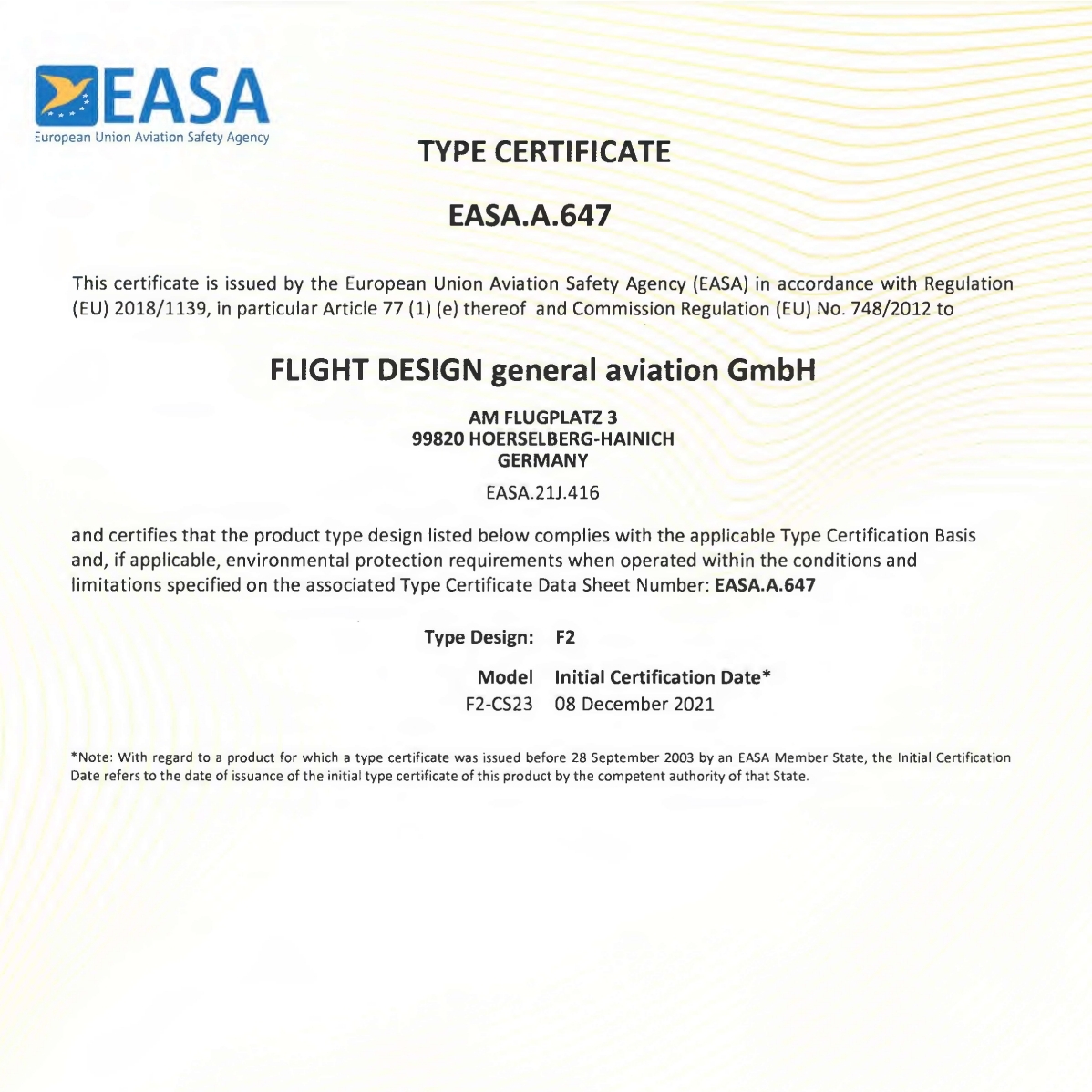
complies with the regulations incorporated by reference in the type certificate. However, if the Agency/Administrator finds that the change is significant in an area, the Agency/Administrator may designate compliance with an amendment to the regulation incorporated by reference in the type certificate that applies to the change and any regulation that the Agency/Administrator
finds is directly related, unless the Agency/Administrator also finds that compliance with that amendment or regulation would not contribute materially to the level of safety of the changed product or would be impractical. The applicant must prepare ICAs in accordance with Appendix G to this part that is acceptable to the Administrator.
Applicability
The instructions may be incomplete at type certification if a program exists to ensure their completion prior to delivery of the first airplane or issuance of a standard certificate of airworthiness, whichever occurs later. A description of the methods used for production inspection of individual parts and complete assemblies, including the identification of any special manufacturing processes involved, the means used to control the processes, the final test procedure for the complete product, and, in the case of aircraft
, a copy of the manufacturer's production flight test procedures and check-off list. The PC holder is responsible for maintaining the Quality Control System in conformity with the data and procedure approved for the PC, and/or determining that each completed product submitted for airworthiness certification or approval conforms to the TC or STC and is in condition for safe operation
. A statement describing assigned responsibilities and delegated authority of the quality control organization, together with a chart indicating the functional relationship of the quality control organization to management and to other organizational components, and indicating the chain of authority and responsibility within the quality control organization.
FAR 21.97 requires that the applicant (TC holder) submit substantiating data and necessary descriptive data for inclusion in the type design. Depending upon the complexity of the change and its effect on basic airworthiness, flight tests and/or ground tests may be required to resubstantiate compliance with the applicable FAR.
Pc Holder’s Responsibility
The steps in the approval process are generally similar to those for a complete Type Certificate, since the change may require revisions to the AFM, the TC Data Sheet, or verification of compliance with FAR 121. This would be standard procedure for major changes.

As another example, this type of TC allows to operate under a provisional type certificate with some systems disabled, such as ice protection, autopilot, and pressurisation, with consequent limitations on the provisional airworthiness certificate. Of course, the manufacturer shall demonstrate that flight with those systems disabled is safe.
There is a possibility that the TC relates to aircraft no longer in existence, and in such a case, the presence of a design organization is irrelevant. Of course the new TCH is required to have all the necessary prerequisites when an aircraft production is decided or if the TCH assumes the responsibility for the continuing airworthiness of an existing series of aircraft type certified according to the same TC.
Under the current Part 21, 'orphan' aircraft cannot be issued with a Certificate of Airworthiness; this requires that a TCH takes responsibility for the continued oversight of the design. They can therefore only continue to be operated if they hold a restricted certificate of airworthiness or a permit to fly.
Change Approvals
These documents can only be issued on the basis of a design approved by the Agency. If the TC holder does not establish and implement an approved system in accordance with subpart G at the end of the 6-month period, and there are no extenuating circumstances to preclude such establishment and implementation, the FAA may discontinue inspections until an approved system has
been established. This part prescribes airworthiness standards for the issue of type certificates for aircraft engines and changes to those certificates. Subparts C and D deal specifically with reciprocating aircraft engines, and Subparts E and F deal specifically with turbine aircraft engines.
According to the EASA: «21.A.47 Transferability – Transfer of a type certificate or restricted type certificate may only be made to a natural or legal person that is able to undertake the obligations under point 21.A.44, and, for
this purpose, has demonstrated its ability to qualify under the criteria of point 21.A.14» It could happen that the TCH 'disappears' or is no longer able to cope with his or her responsibilities. This is not unusual, especially for small aeronautical enterprises, and serious problems could arise for the relevant aircraft that remain, so to speak, 'orphans'.
Example Of Aircraft Categories
In this case, and generally speaking, two scenarios are possible: Some of the specific examples of aircraft categories include transport, commuter, and acrobatic aircraft. Planes that commuters would board at the airport would fall under the commuter category while aircrafts that people see at annual air shows fall under the category of being acrobatic aircrafts.
ICAO Annex 8 defines 'continuing5 airworthiness' 'the set of processes by which an aircraft, engine, propeller or part complies with the applicable airworthiness requirements and remains in a condition for safe operation throughout its operating life'.
faa type certificate database, faa aircraft certification types, aircraft type certificate data sheet, type certificate data sheet faa, faa type certification, faa engine type certificate, type certificate database, faa aircraft certification process


